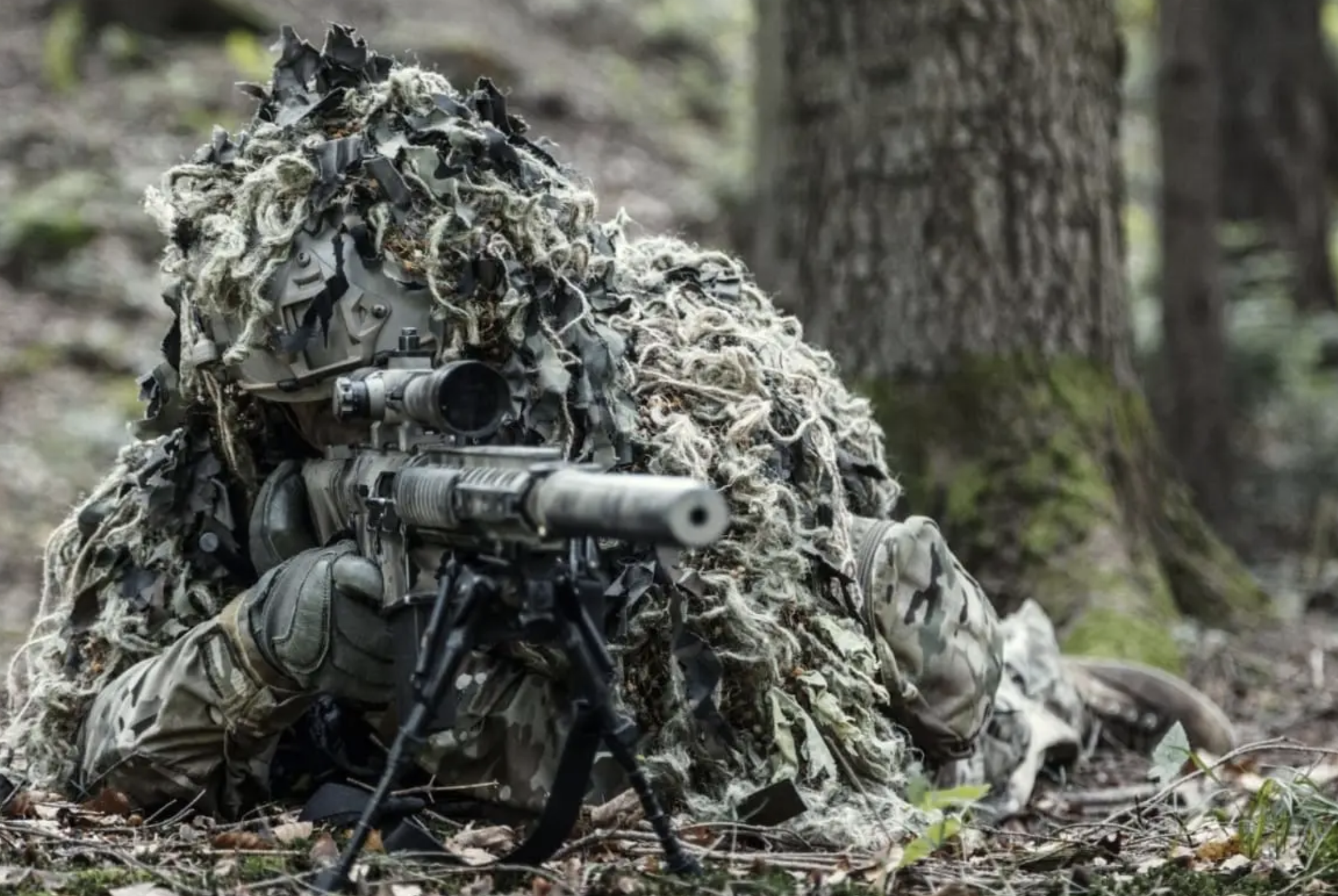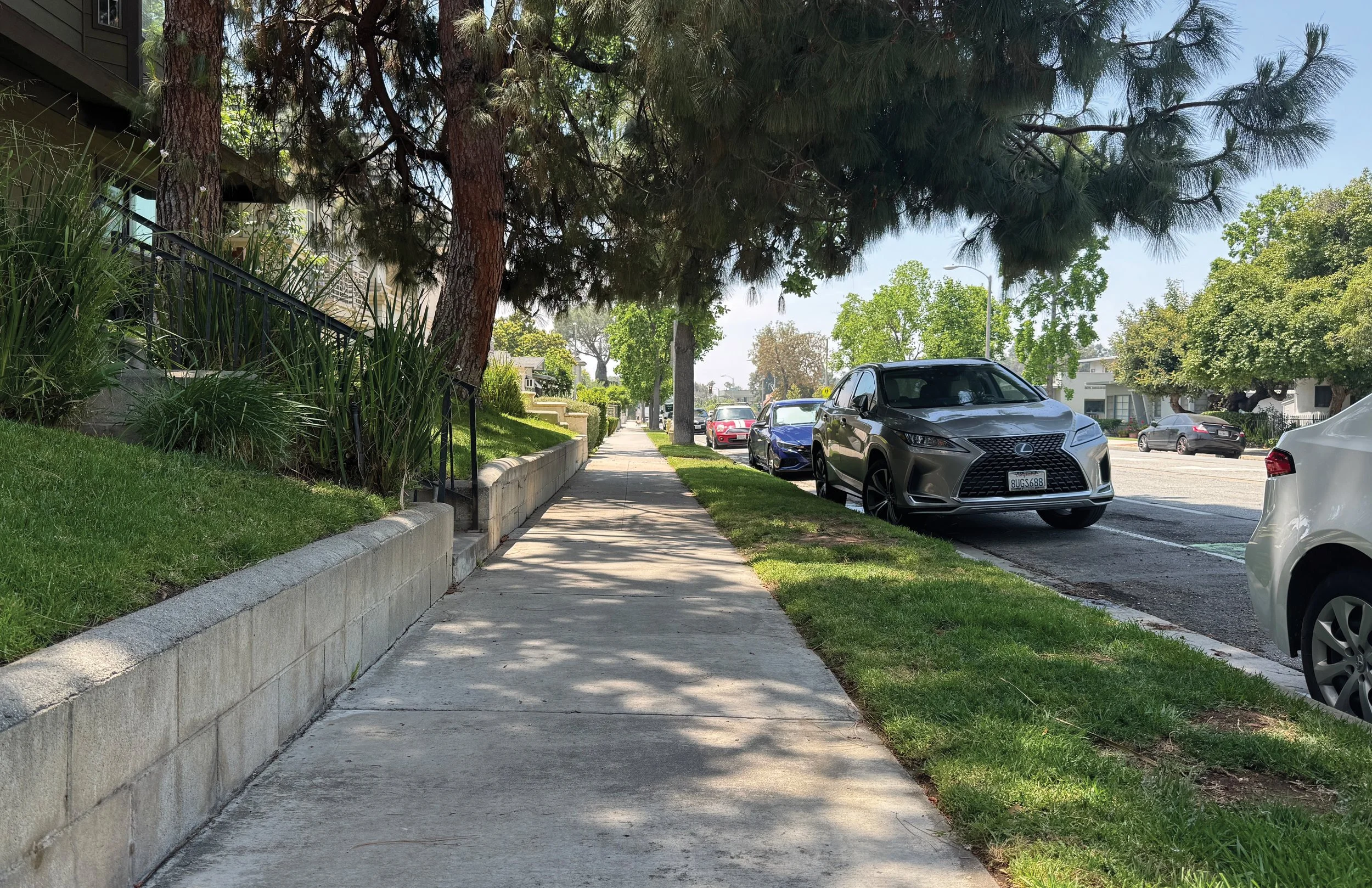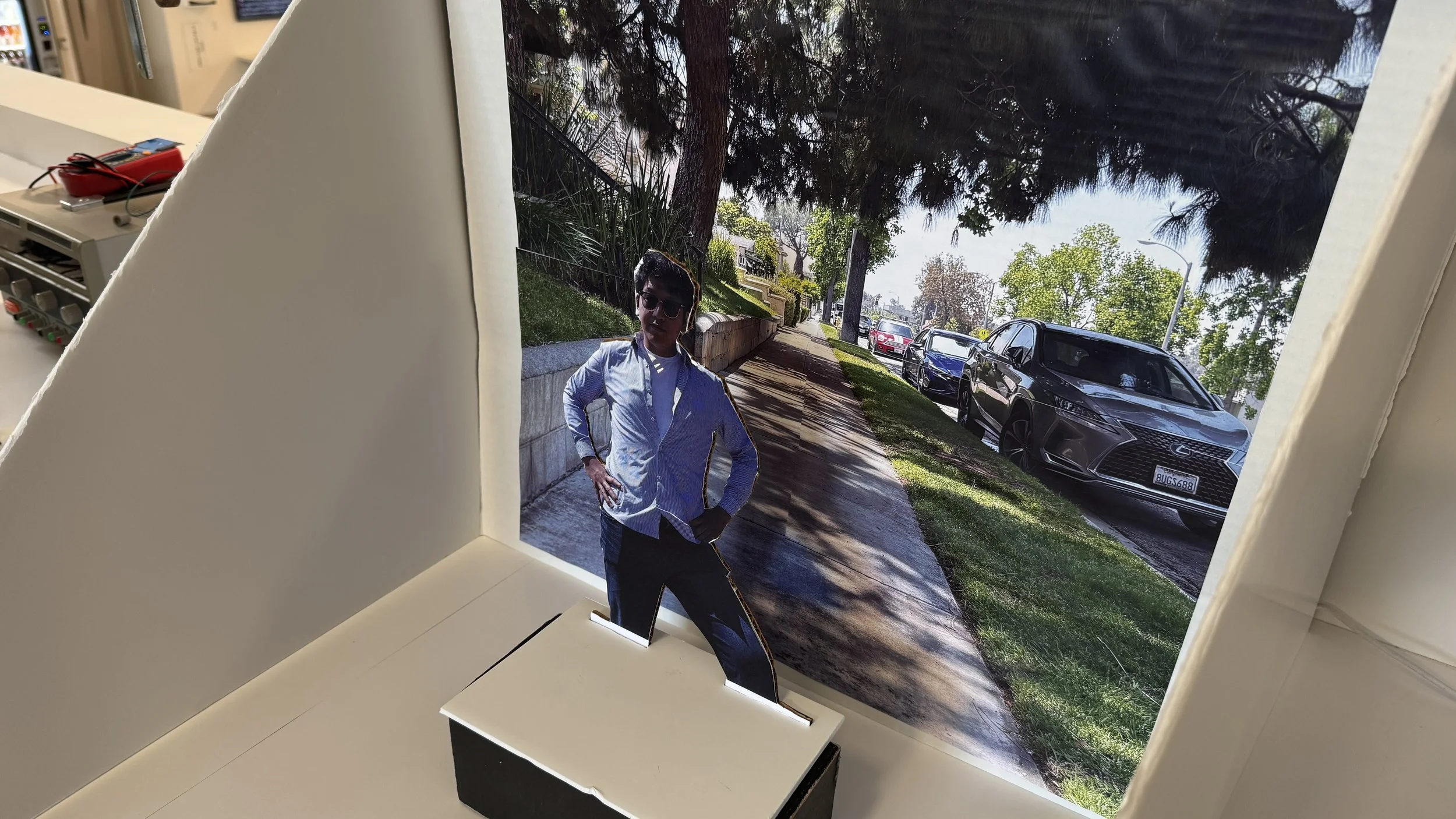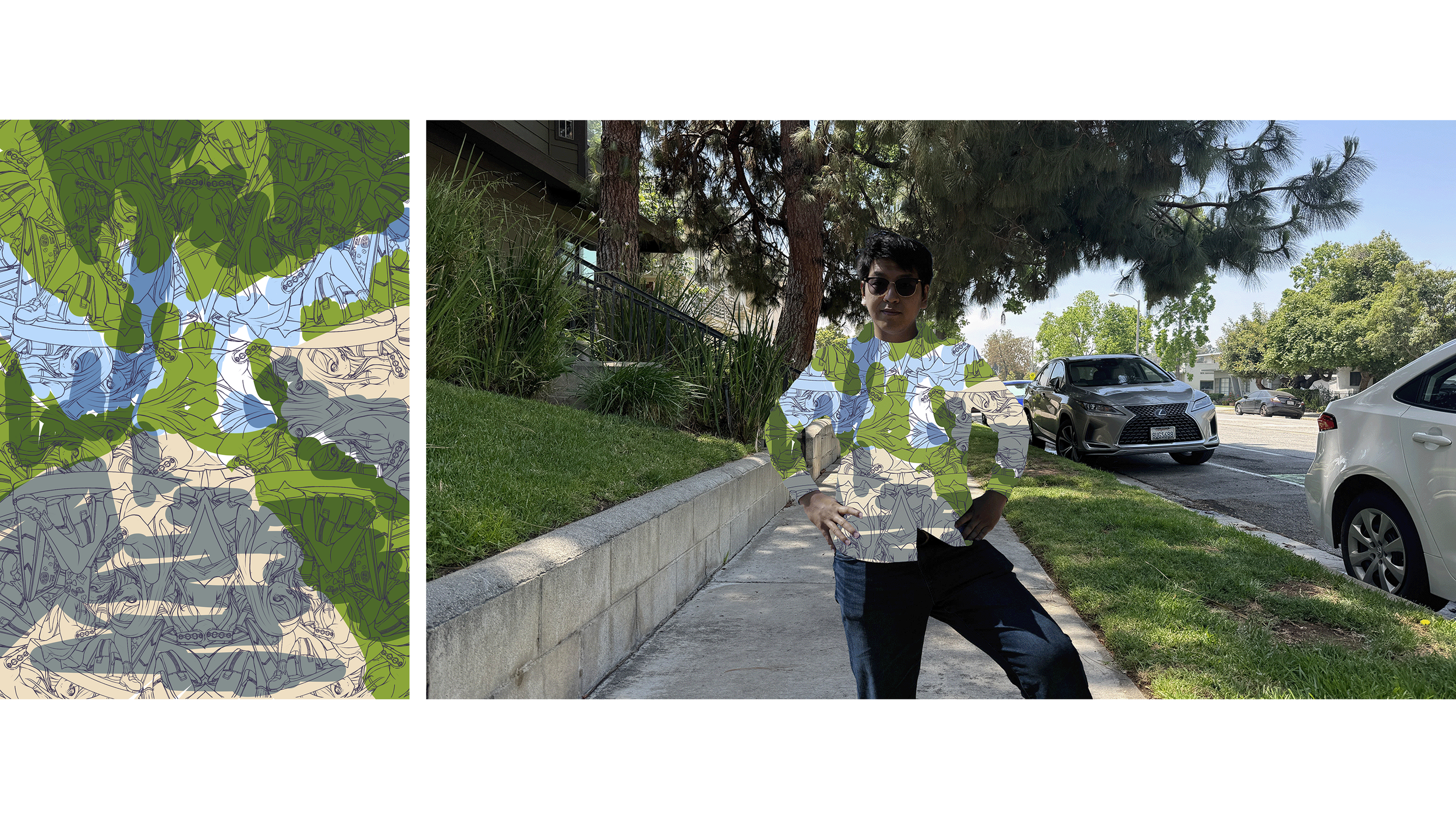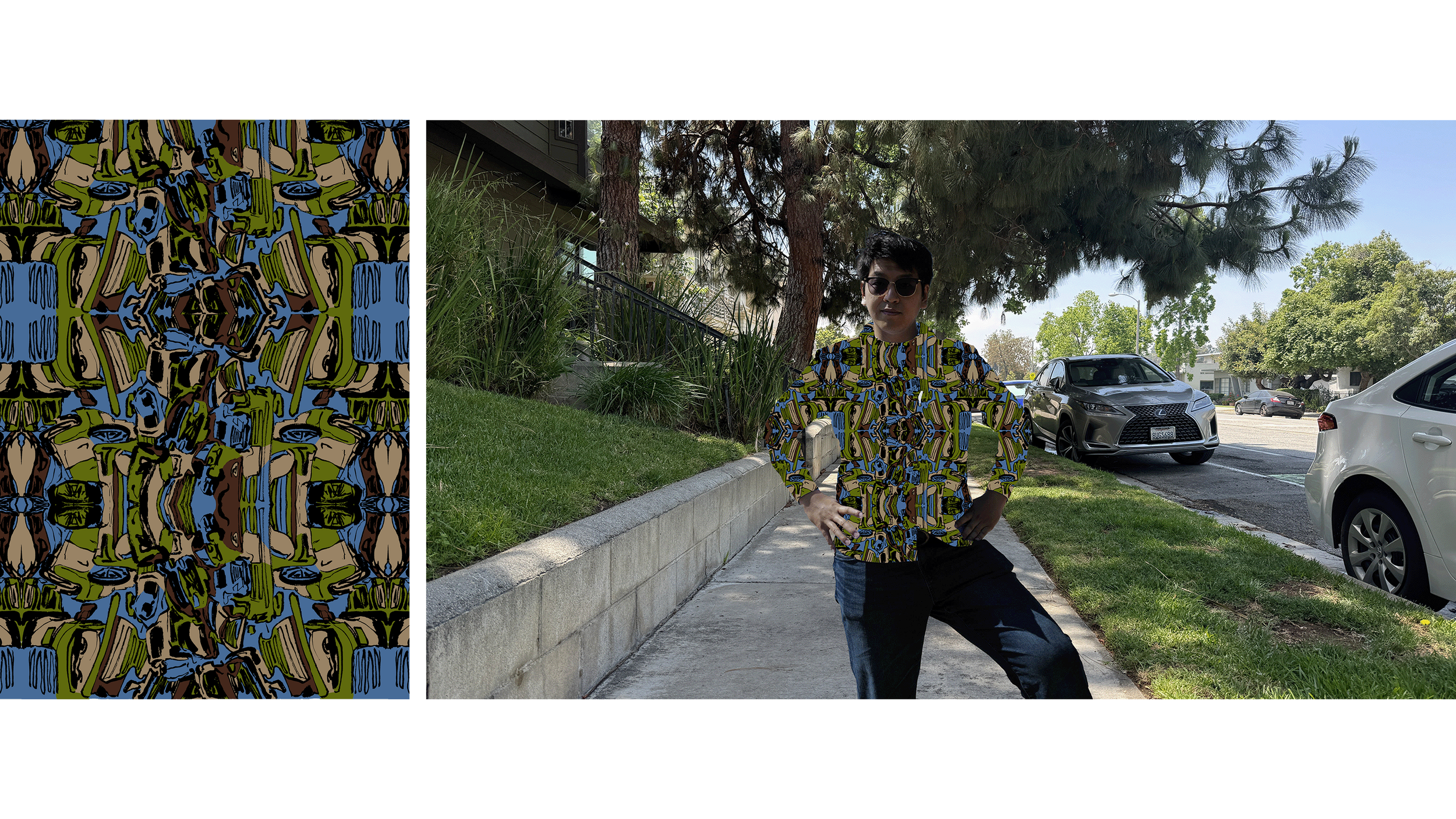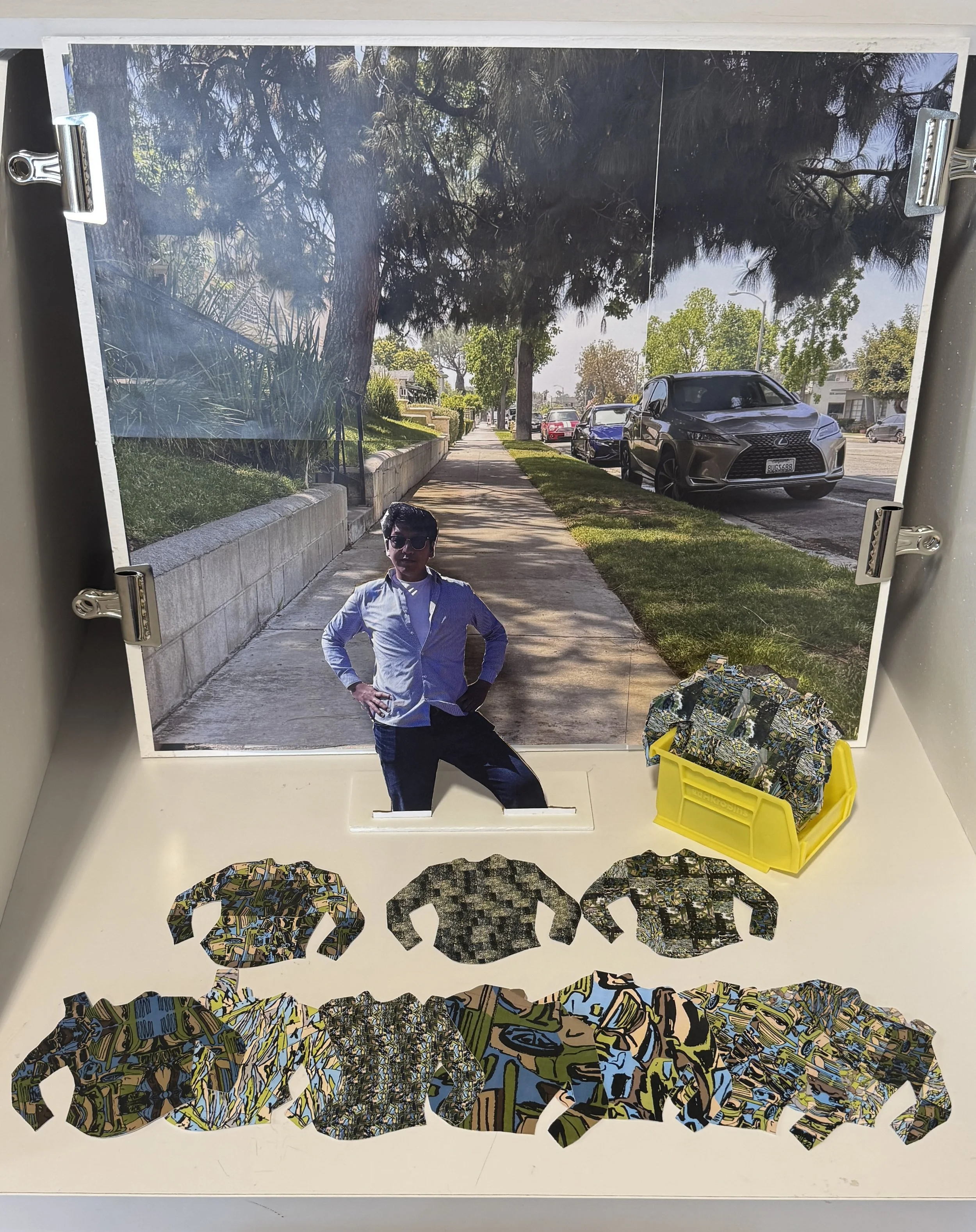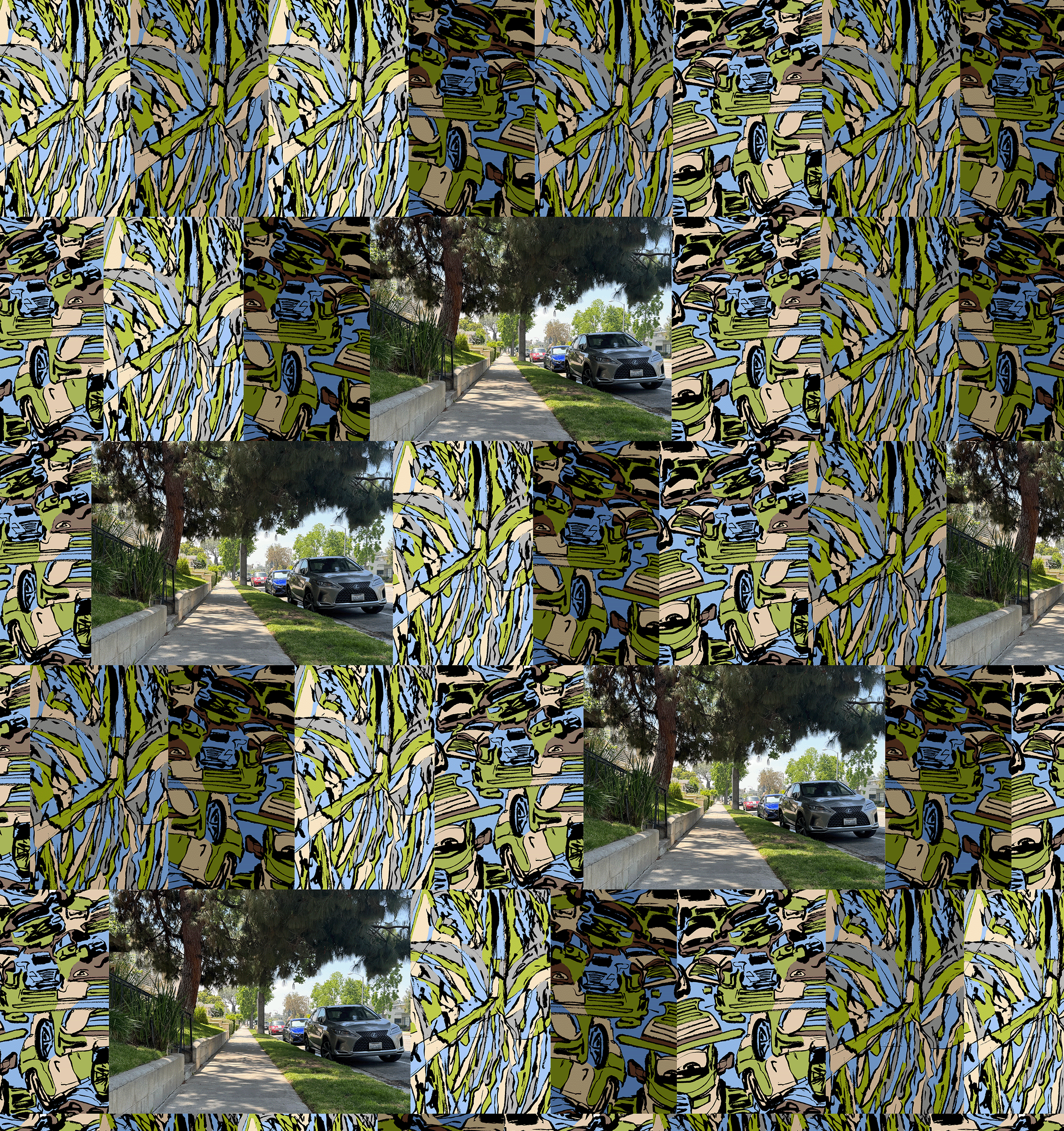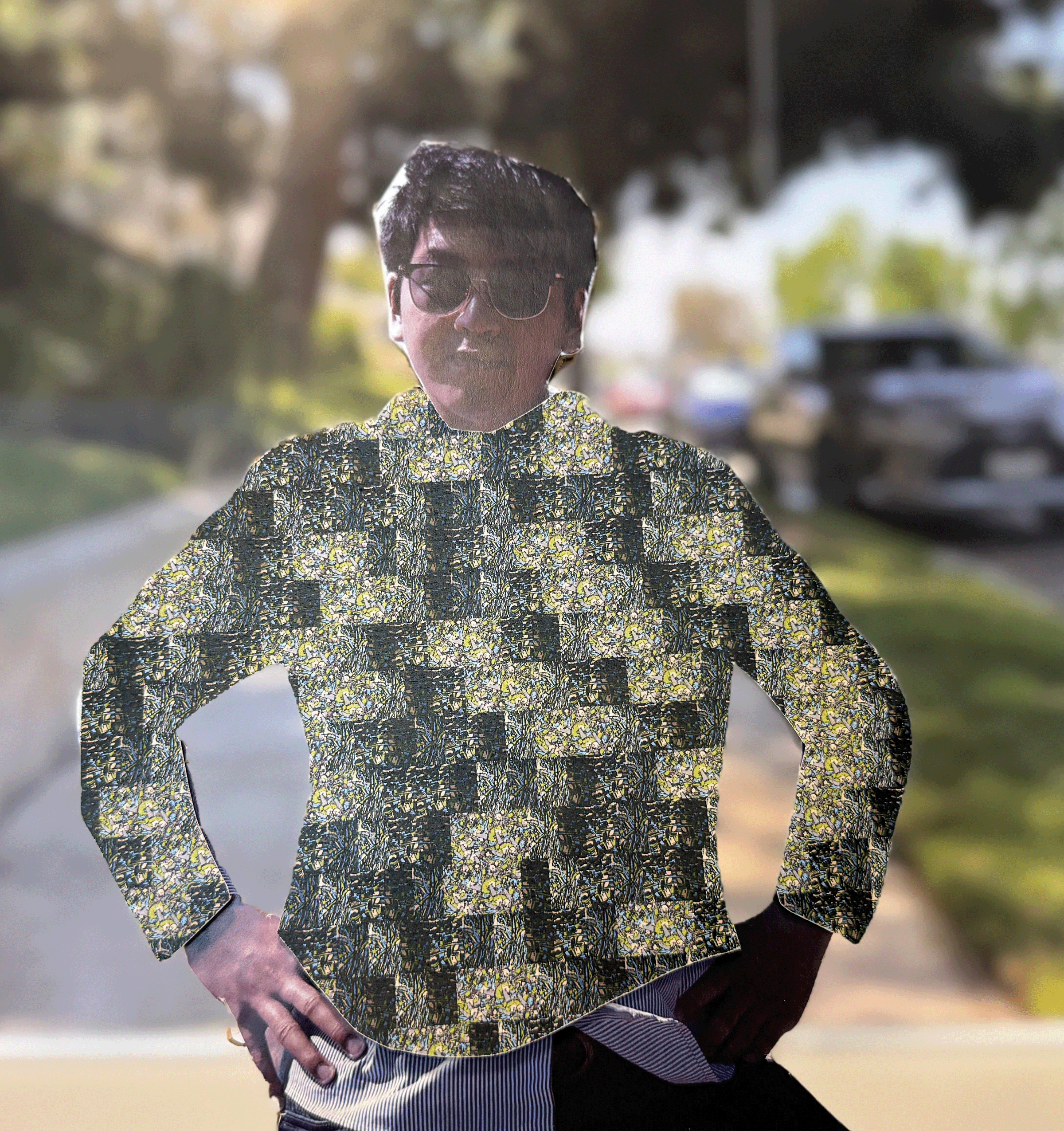Redefine Camouflage
Blend into Non-Militarization
Generally, camouflages have been a military medium used to deceive hostiles by environmental blending. However, civilians outside of the battlefield tried to demilitarize the camouflages as a communicational channel or to protect people from new military AI systems.
It sparked my idea to render the camouflages into media not as shattering humanity but as shaping creativity with surrounding communities.
In order to blend them into demilitarization, they need to be reframed and redefined.
A myriad of drawings turn into print-doll costumes.
The content, scale, repetition, composition and colors of drawings vary and they are to be blended to the background. The content of the drawing would matter for the camouflage. Starting from the unrelatable characters to the relatable features like cars or grasses, based on the minimized number of colors, the relativity resonates with the background.
Human brains tend to simplify complex visual factors.
The size of patterns render the whole composition into illusive entities. For the sake of depth, the saturation and brightness of patterns affect camouflage in a 3 dimensional sense. In addition, considering universal usage of military camouflage in any environment, different patterns from the same relatable source are mingled with the original photograph into a camouflage composition.
The digitality or physicality of camouflage apparently matters.
In spite of these different spectrums, the digital output is only affected by pixels but the physical output is affected not only by the features of composition but also by the outdoor factors like shadows or the sunlight.
Research Questions
-
Does camouflage have something to do with the content of drawings?
-
What visual factors make the composition work as camouflage?
-
Does the mixture of content including pictures of background work as camouflage?
